Lisbon 2002-2019
I first visited Portugal in October 1972 as part of a school party on board the SS Uganda. I returned in 1989 for a three week hiking holiday, and then again as a doctoral student studying Salazar, Sidónio Pais and corporatism in Portugal. I lived in Lisbon for two years in the mid-1990s, then in 1999 I started working for ISCTE, which involved frequent trips to the city. In 2002 I began photographing the city and its people, something I continued to do right up to my last visit in December 2019. Here, then, is my record of Lisbon as it transformed from a quiet European capital to the thriving tourist metropolis it has become during these 17 years.
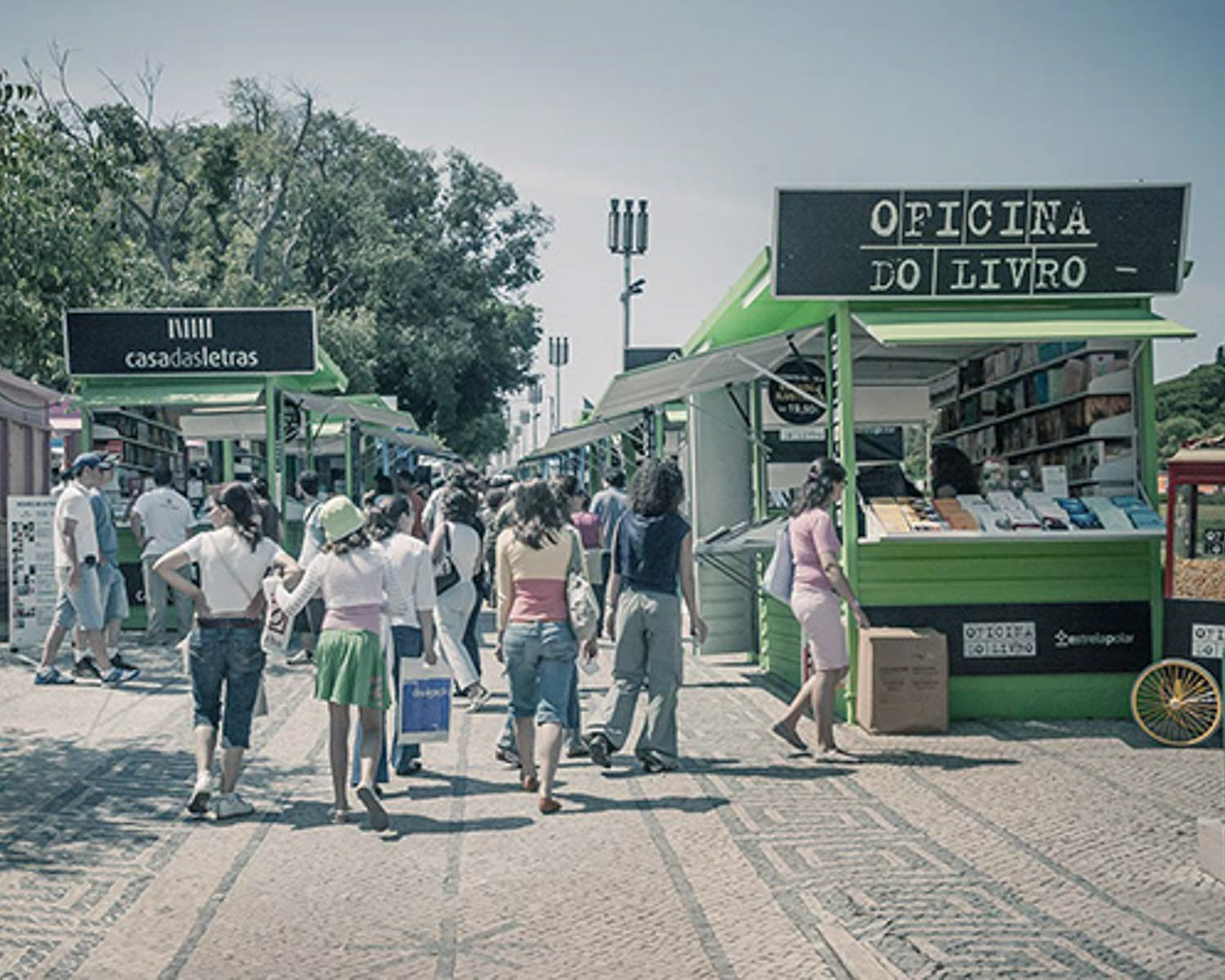
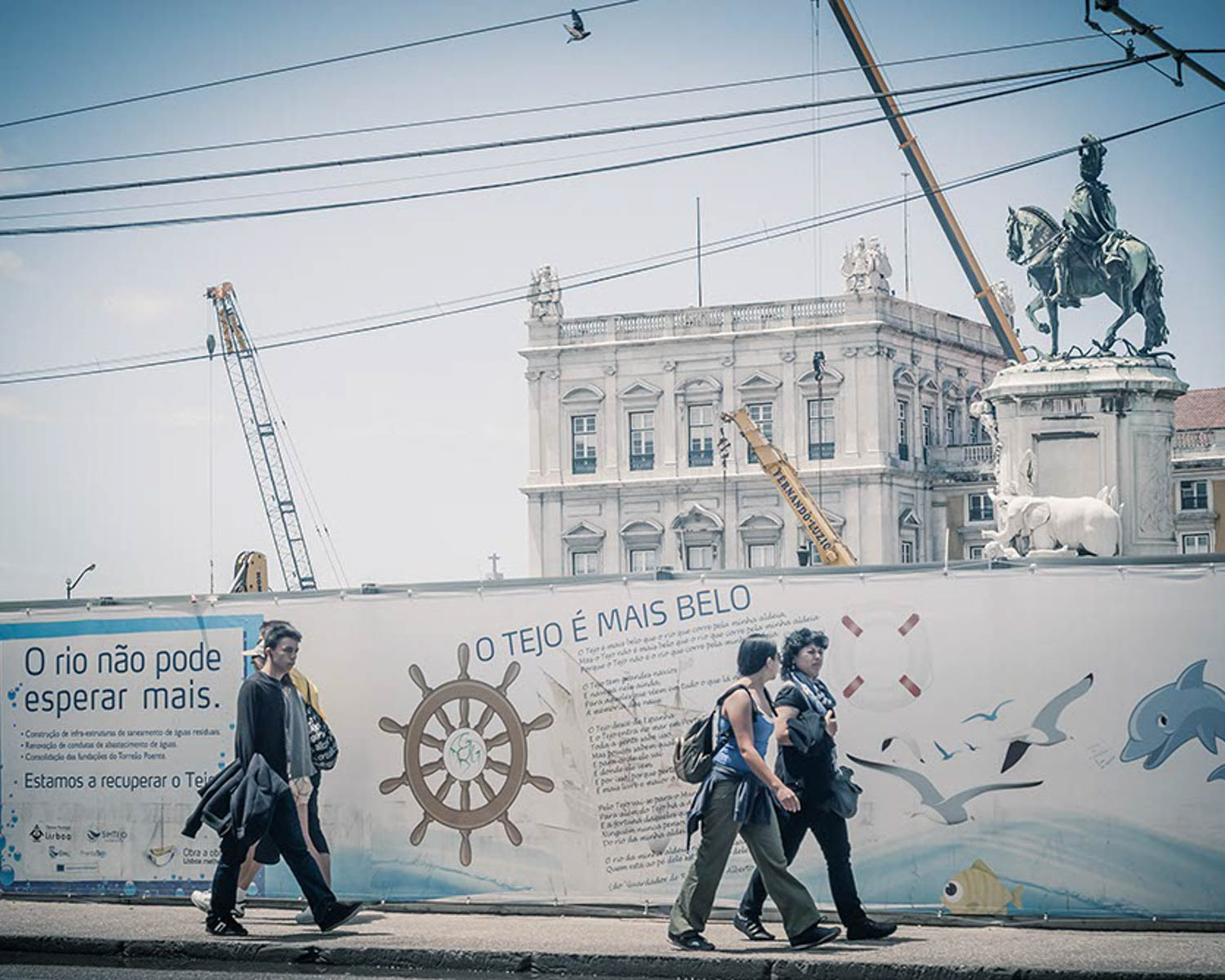
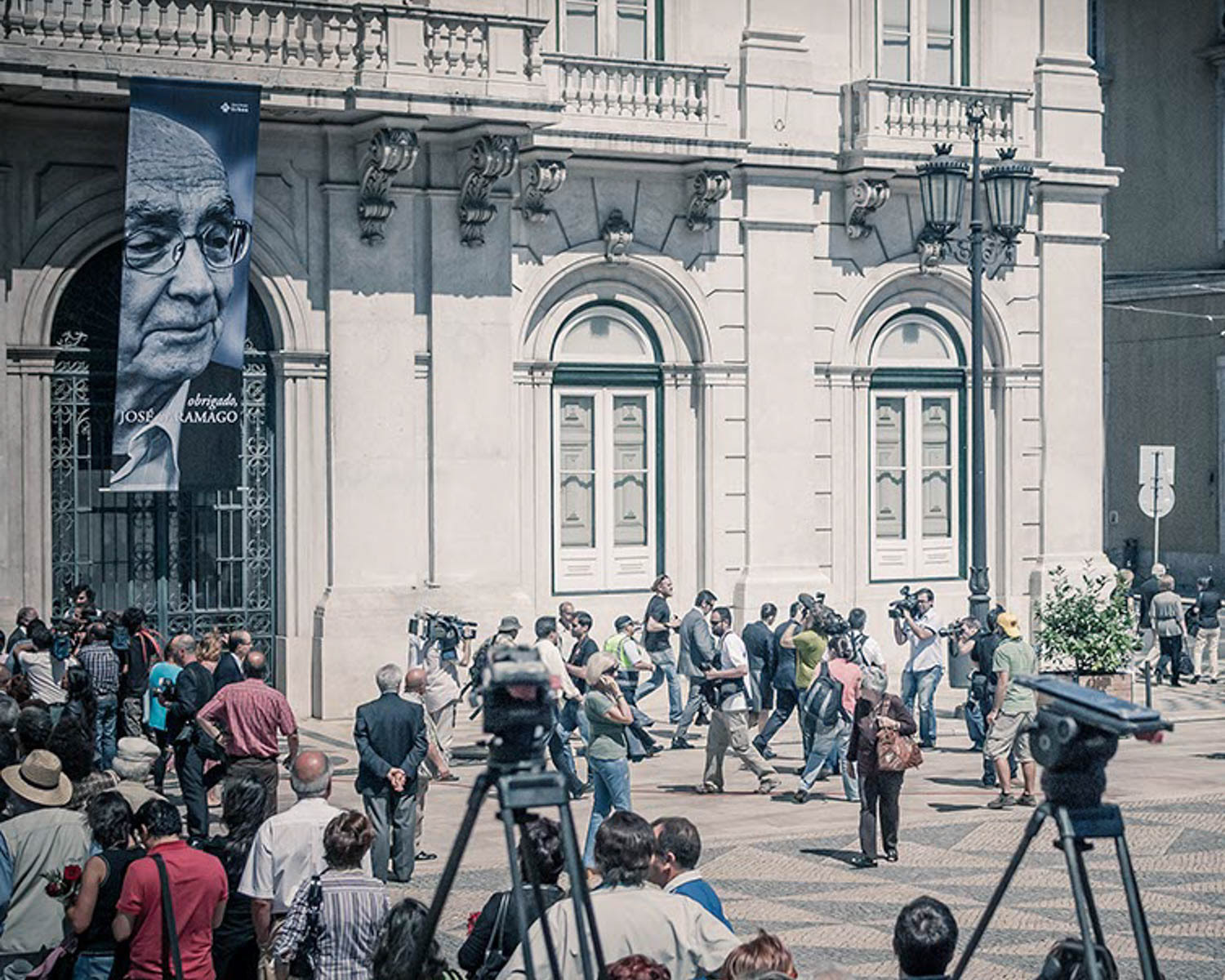
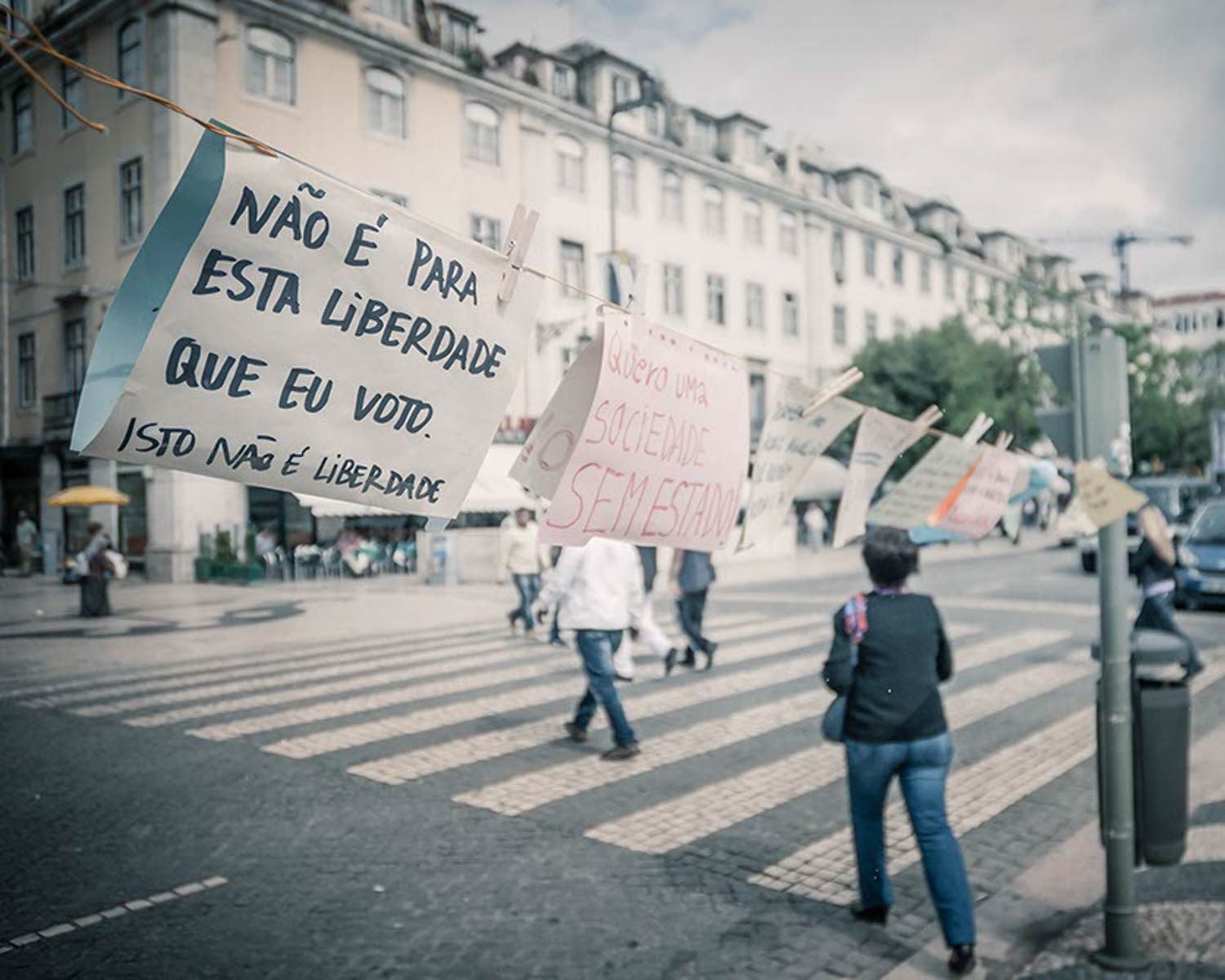


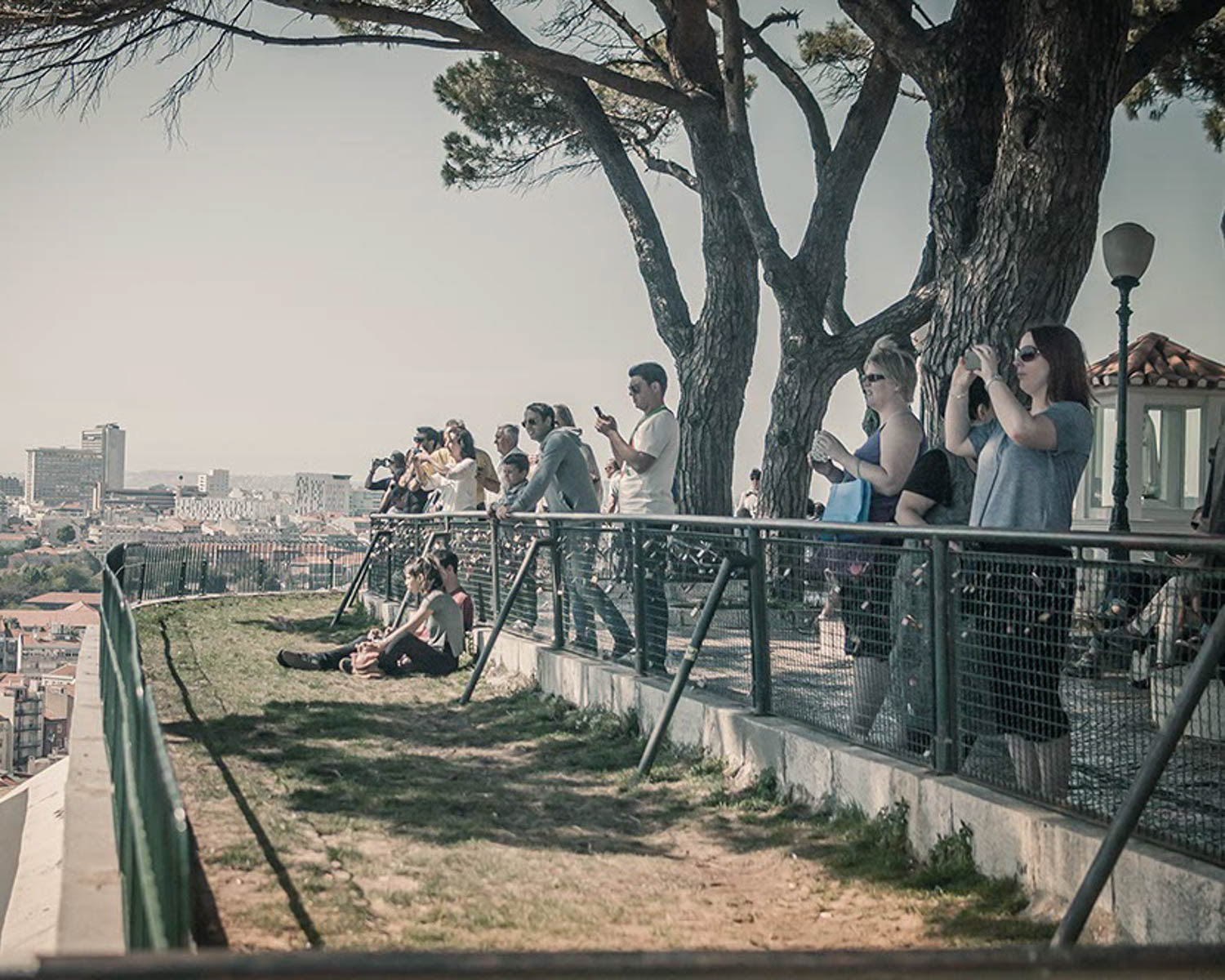
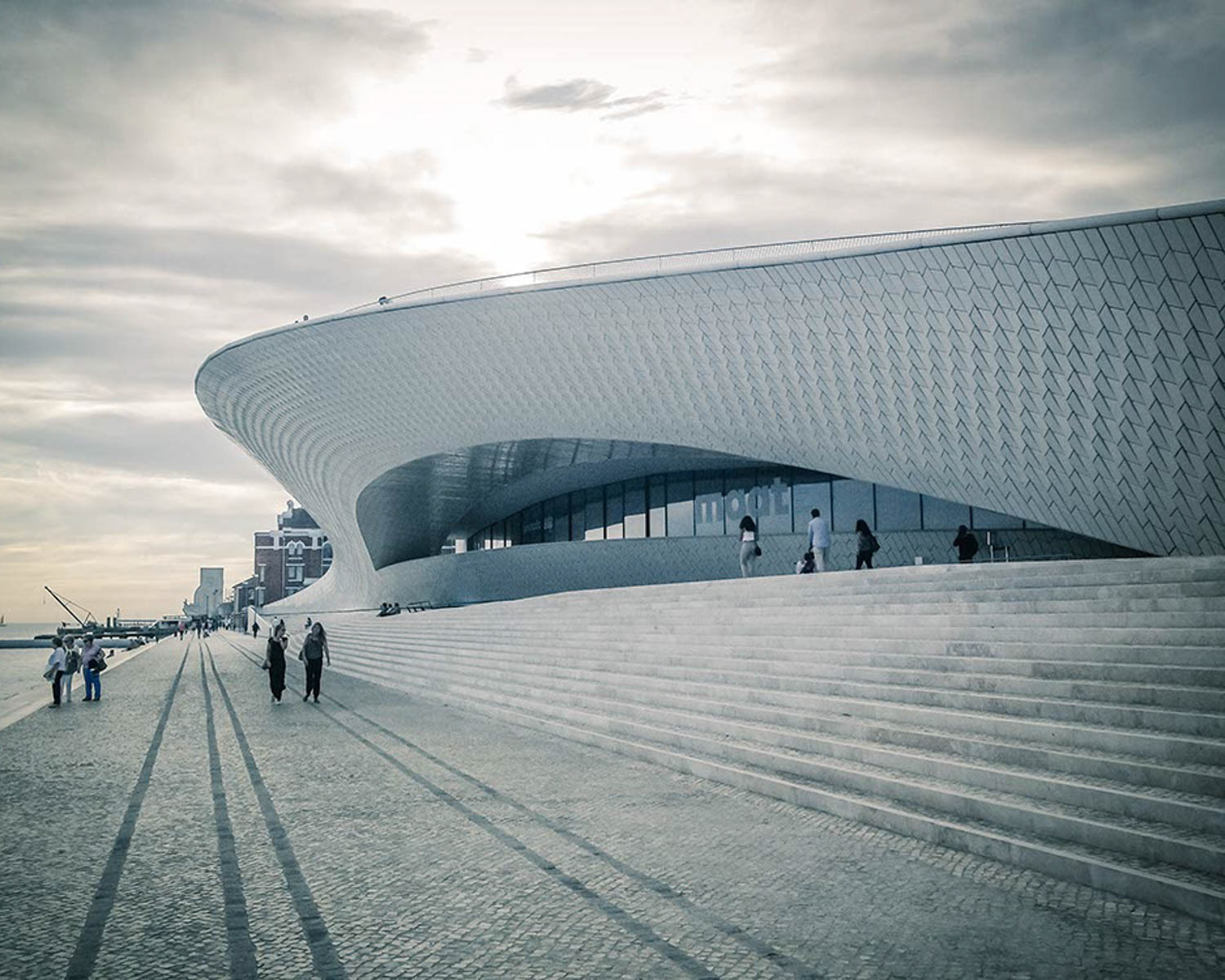
All Under One Banner
Whether you are for it or against it, there is no avoiding it. For the best part of a decade independence has been the only real talking point in Scottish politics
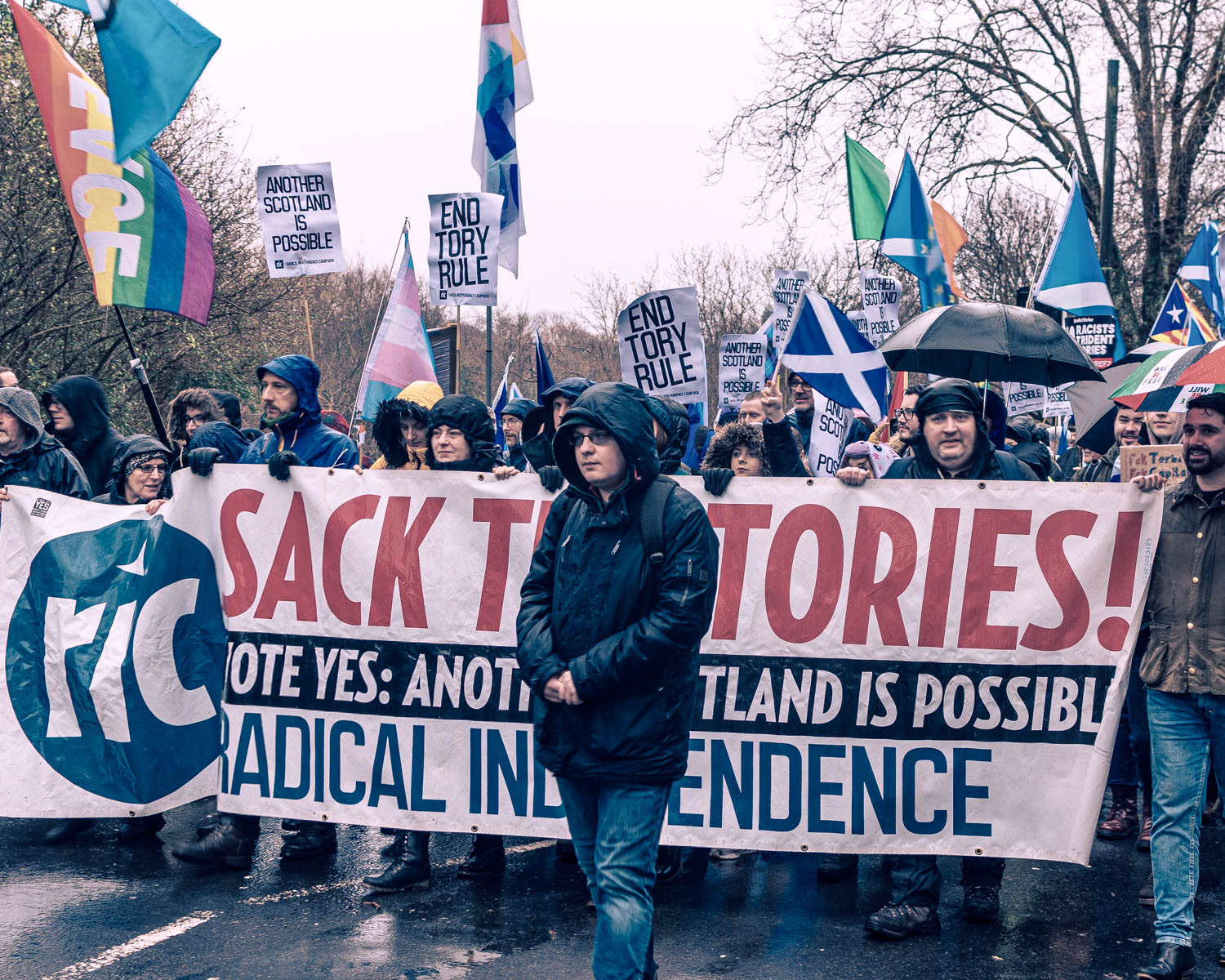



Marchas Populares 2008-12
In Lisbon on the night of Saint Anthony, all of the historical neighbourhoods of the city compete in the Marchas Populares, the popular marches, with dance, song and decorations. It is one of the highlights of the annual Festas de Lisboa, which take place every June.




Death of José Saramago
José Saramago was a Nobel laureate author of a number of wonderful allegorical novels that have captured the imagination of the world. He died in June 2010 and Portugal declared three days of national mourning with his body being laid in state in Lisbon city hall.
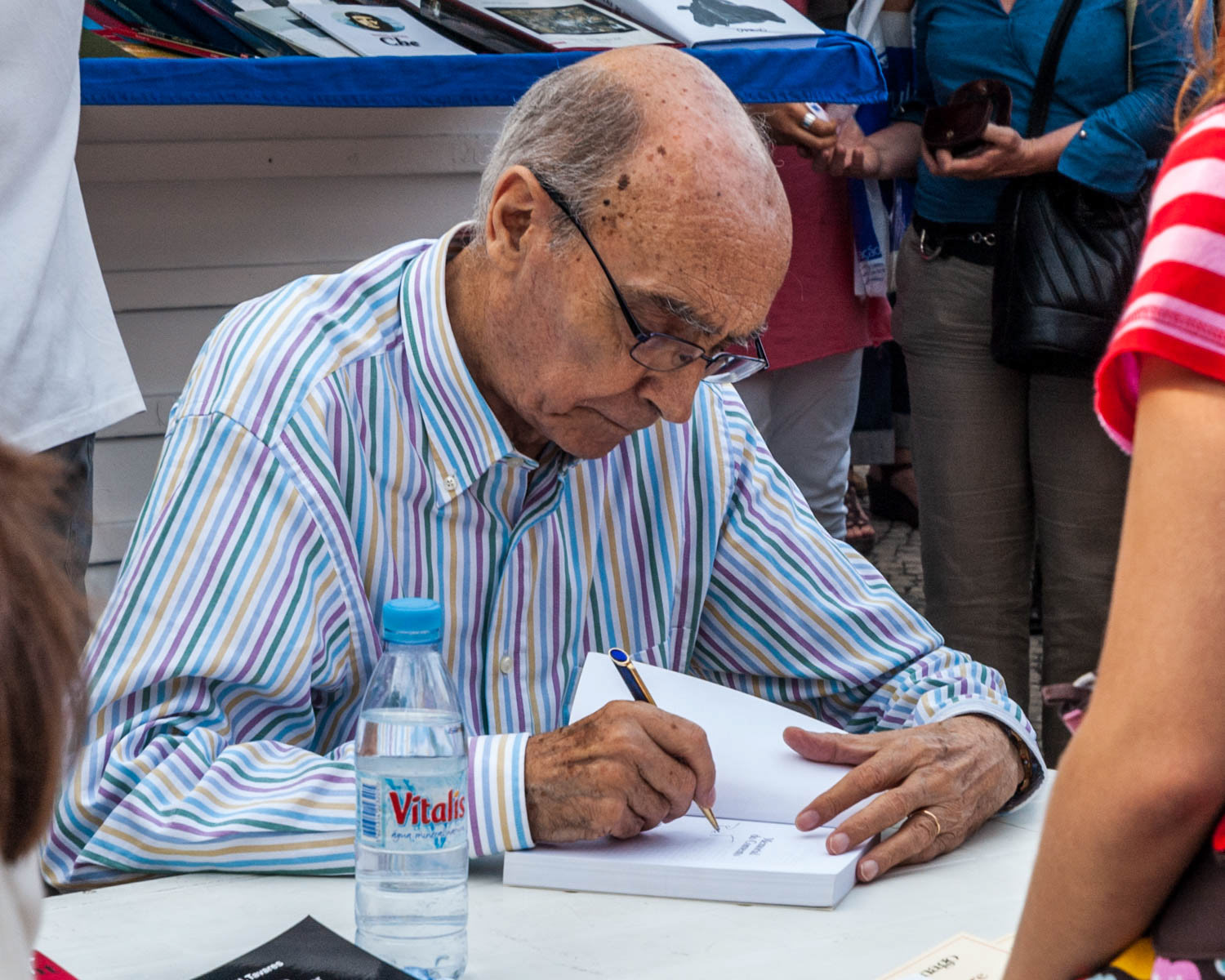


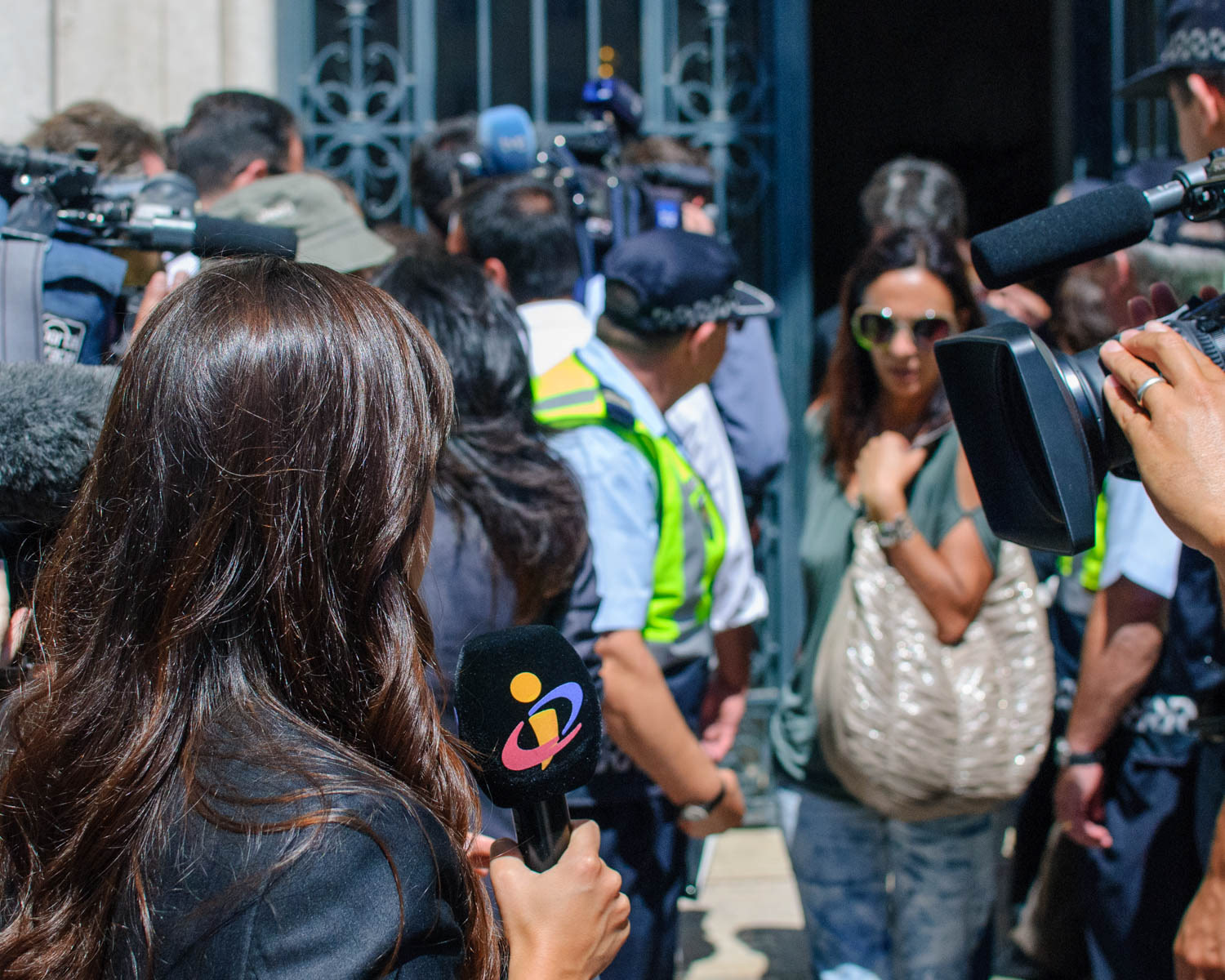
Protesting Austerity
In 2011, the Portuguese government accepted a €78bn bailout from the European Central Bank, the European Commission and the International Monetary Fund (the "Troika"). The conditions set by the Troika proved onerous enough, while the right-wing coalition government introduced measures that went further than required. New taxes were introduced, wages were cut, jobs were lost, working hours were increased and employment protections torn up, leading to a series of demonstrations like this one on 29 September 2012, the March Against Unemployment that was organised by the national trade union federation.
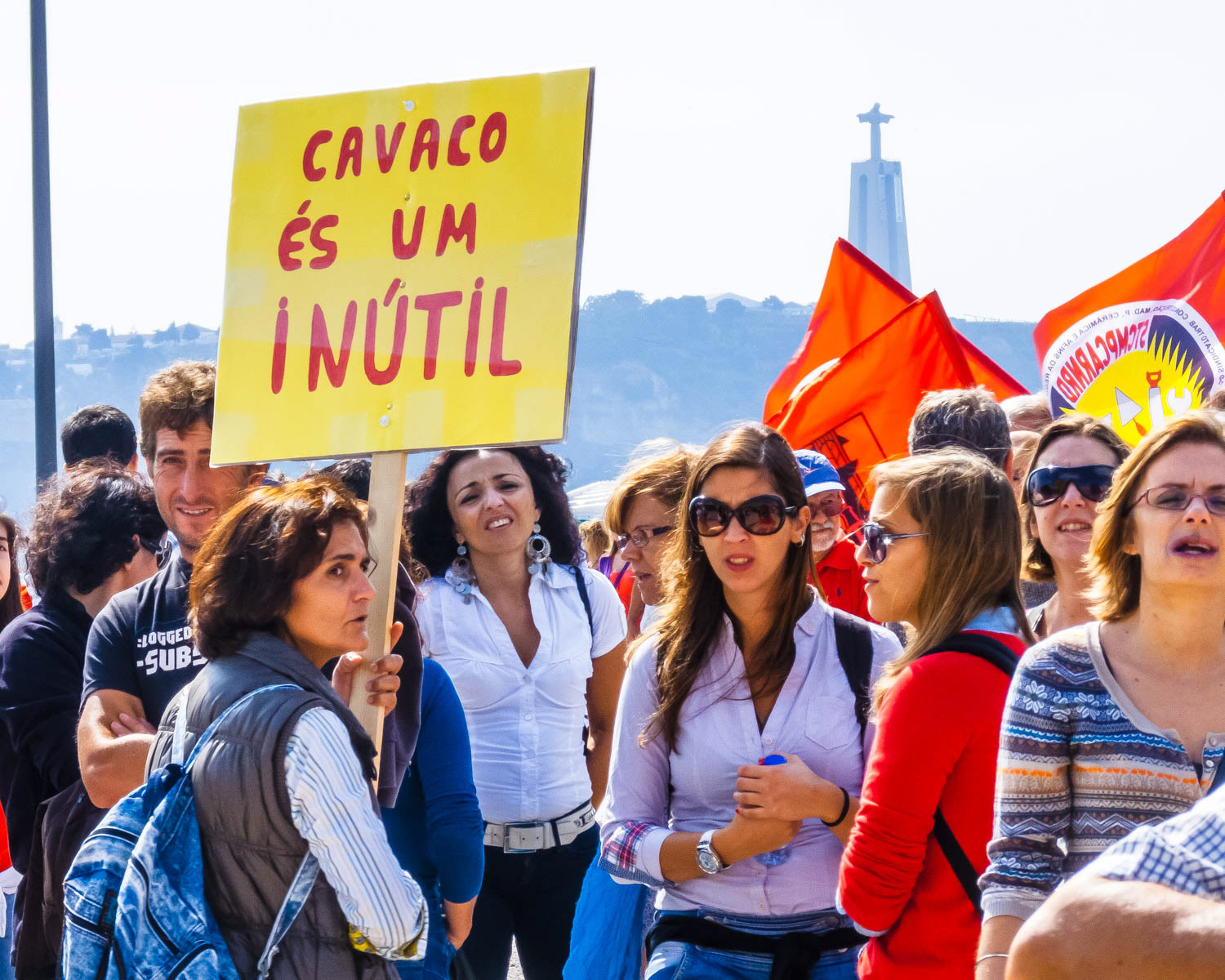
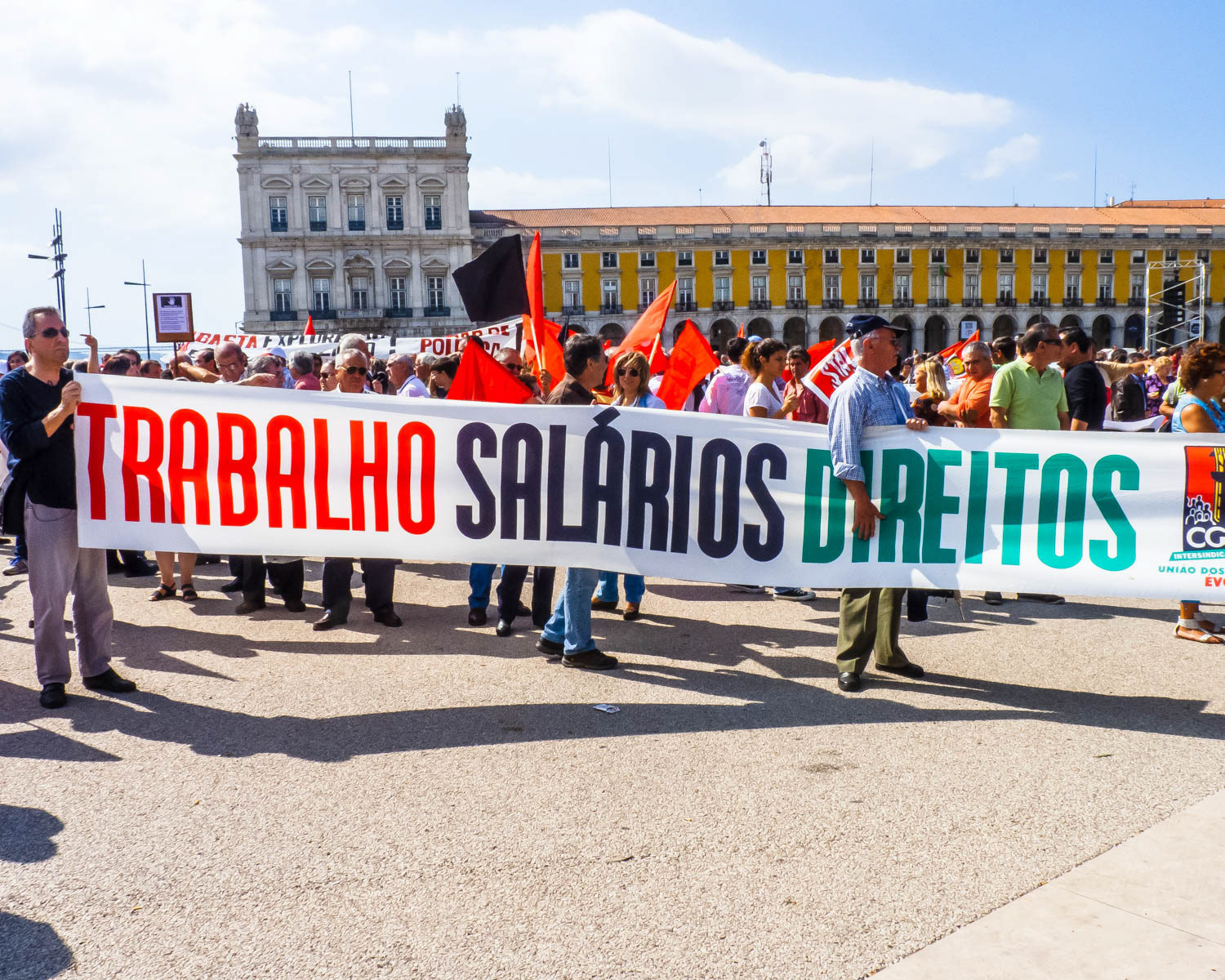




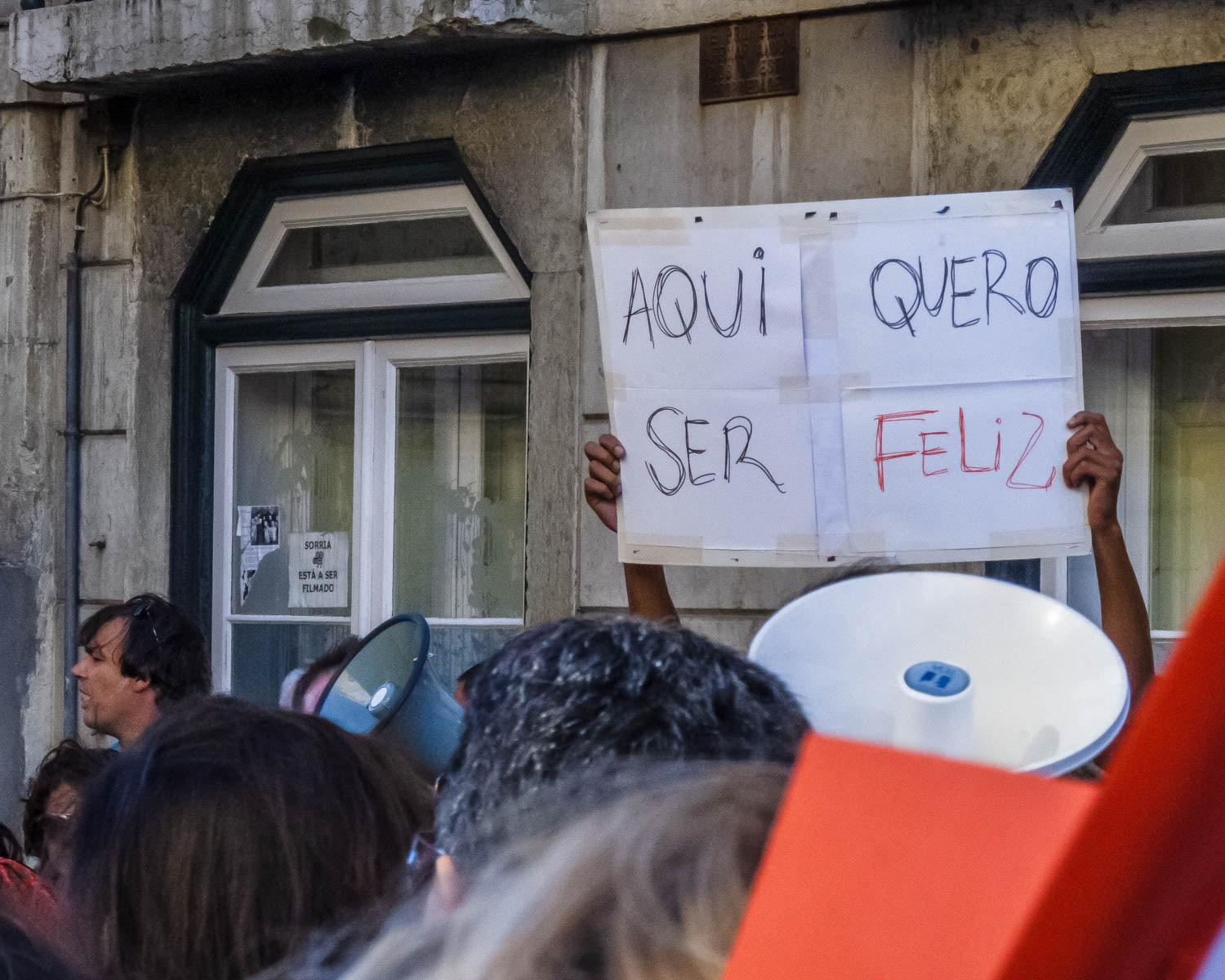

Máscara Ibérica
Celebrating Iberian Celtic culture, this festival first came to Lisbon in 2006. In April 2011 it took over Praça do Comércio, Rua Augusta and Praça da Figueira. All very colourful, mischievous and entertaining.
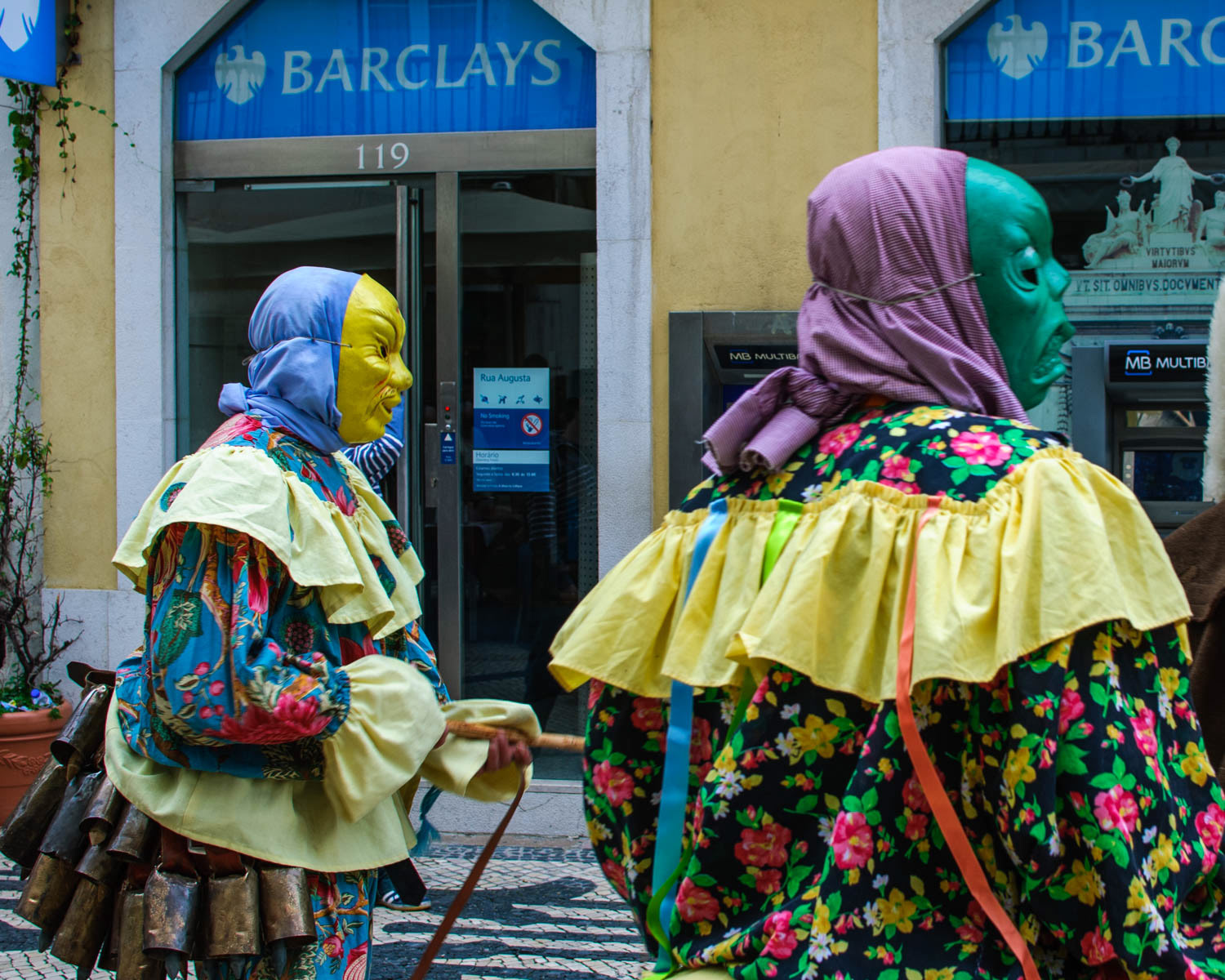



The Road to the Isles
A photographic journey from Pitlochry to Rannoch Station. The pandemic has prevented me from getting further than initial scouting trips. This is an ongoing project that is on hold because of the pandemic, but I will add more images whenever possible.

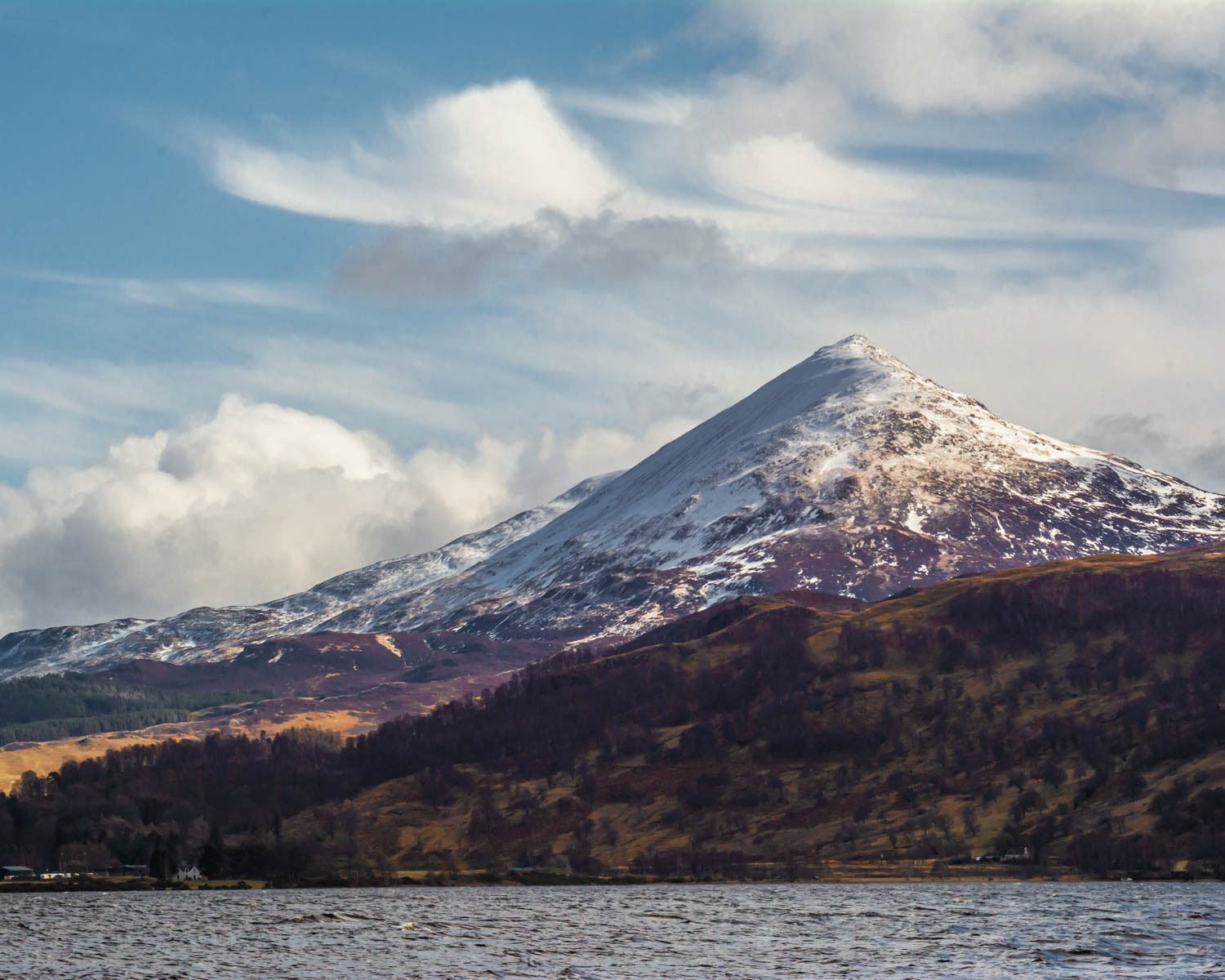


Centenary of the Republic
On 5 October 2010, the Portuguese Republic celebrated 100 tumultuous years of often fragile existence: from the chaotic First Republic, through the Military Dictatorship, the New State and then the Colonial Wars and the Carnation Revolution of 1974-76 to EU membership. Here are some photos of the official celebration.
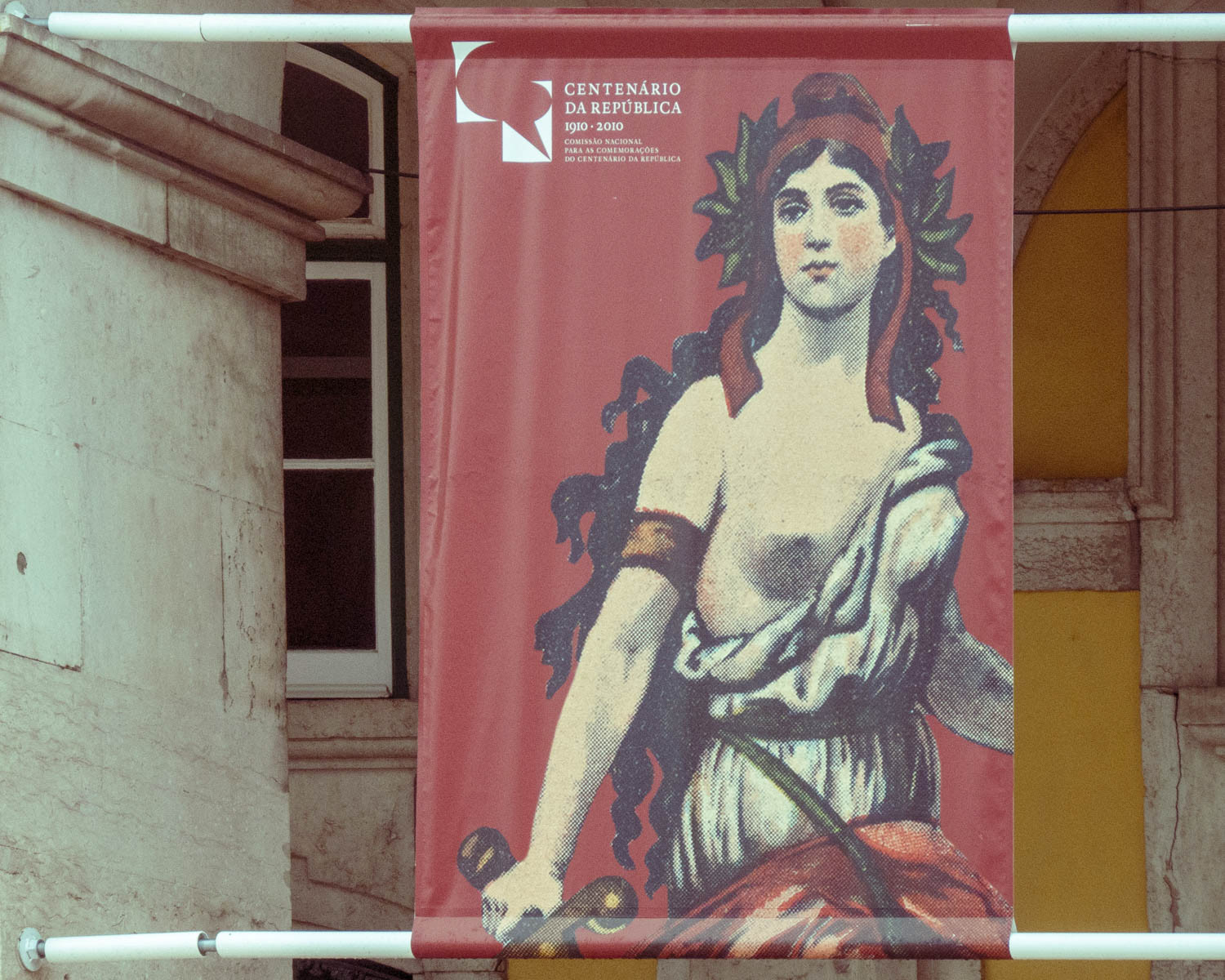

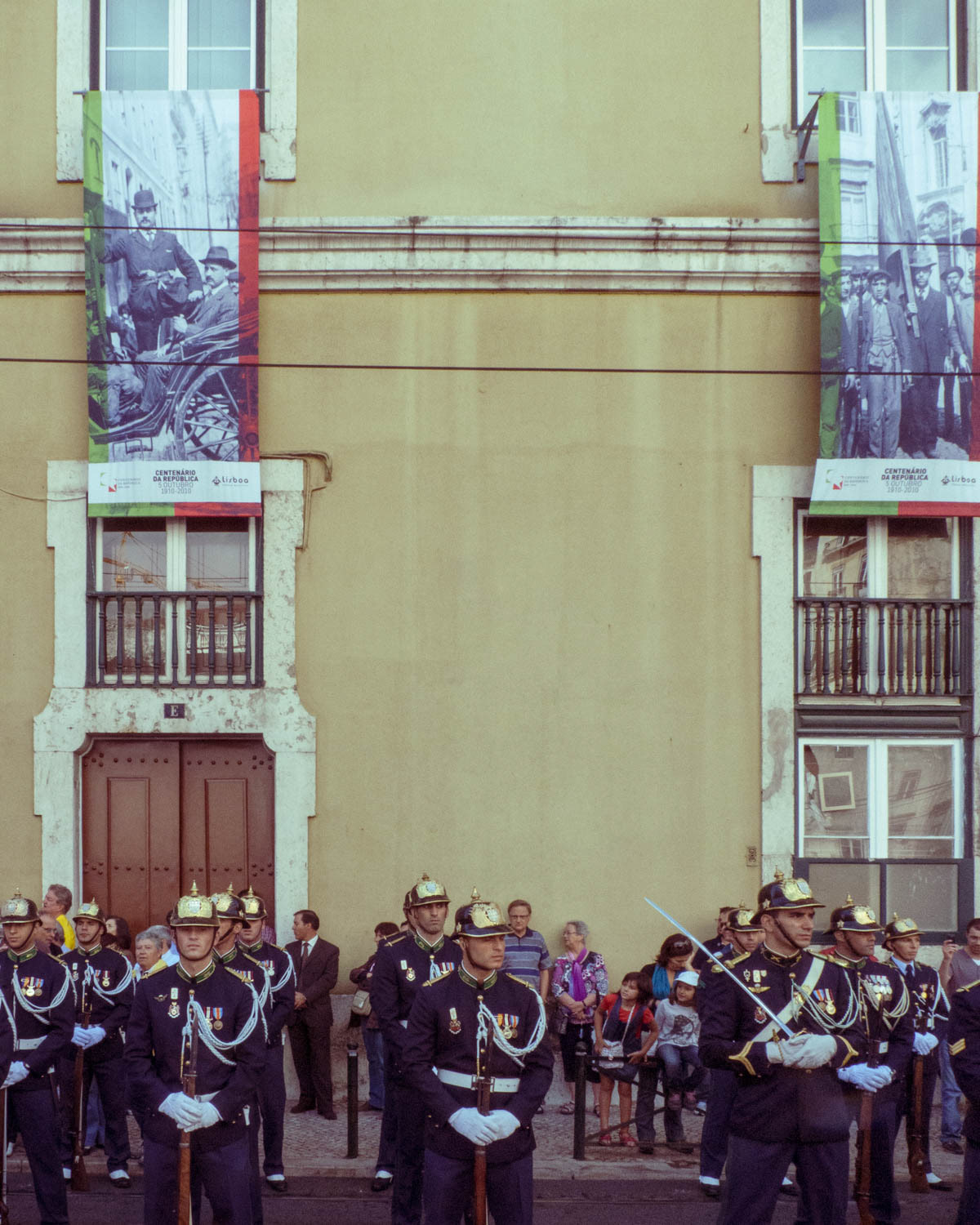
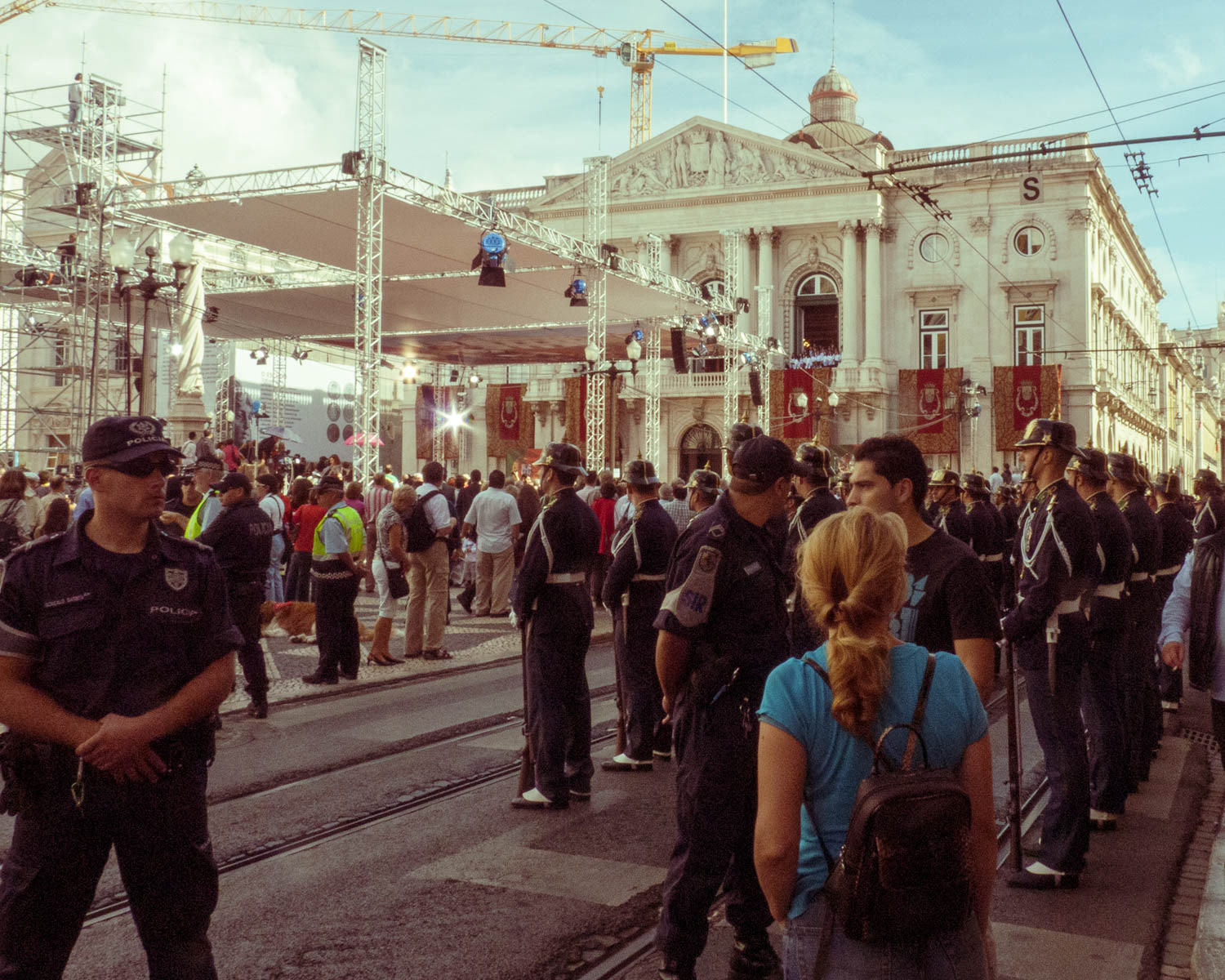
Vilar Formoso: Frontier of Peace
For more than a decade, I was involved in a project to translate and promote the deeds of Aristides de Sousa Mendes who, as the Portuguese Consul in Bordeaux during the Second World War, defied his government and issued visas to thousands of people fleeing the Nazis. I was first involved with the Aristides de Sousa Mendes Virtual Museum and then with translating material for the permanent exhibit in Vilar Formoso and then the book recounting the life and times of Sousa Mendes and of the refugees as they made their way to, settled in and departed Portugal. It was an honour to be involved in this project, which would not have been possible but for the determination and drive of Luísa Pacheco Marques,who became a good friend over the years.
Os Pescadores (Fishermen)
This is not a photographic, photojournalistic, anthropological or sociological project. It is a personal project to translate Raúl Brandão's classic book about fishing communities all along the Portuguese coast. It is a book about a way of life that has long since disappeared and of communities that are now just a memory. Brandão himself was born in Foz do Douro, now a rather upscale neigbourhood that has been swallowed up by Porto, but which was a small fishing community when Brandão was alive. The author's way with words paint a colourful image of these old characters and old ways of life, and it is my challenge to retain his lyrical realism and create a context that people from different cultures might understand - bearing in mind that many Portuguese no longer understand these old cultures. It is a beautiful book, and one that deserves to be read by a wider audience.
"Quando regresso do mar venho sempre estonteado e cheio de luz que me trespassa. Tomo então apontamentos rápidos –seis linhas – um tipo – uma paisagem. Foi assim que coligi este livro, juntando-lhe algumas páginas de memórias. Meia dúzia de esboços afinal, que, como certos quadrinhos do ar livre, são melhores quando ficam por acabar. Estas linhas de saudade aquecem-me e reanimam-me nos dias de Inverno friorento. Torno a ver o azul, e chega mais alto até mim o imenso eco prolongado... Basta pegar num velho búzio para se perceber distintamente a grande voz do mar. Criou-se com ele e guardou-a para sempre. – Eu também nunca mais a esqueci..."
Essays on Some Maladies of Angola
In 2012, on a contract from the University of Massachussetts Durham and funded by a grant from the Instituto Camões, I translated this book from 18th-century Portuguese into 21st-century American English. It was a challenge, to say the very least.
Western science and pharmacology first learned about many African diseases, remedies, and medicinal practices through José Pinto de Azeredo’s highly original and influential text. A unique Enlightenment-era medical text written specifically about health issues in Angola, this is the first work by a Portuguese physician to describe accurately, through first-hand observation, medical practices and substances used in Angola during the peak period of the transatlantic slave trade. This first English-language edition was translated by Stewart Lloyd-Jones (University of Stirling) and includes scholarly essays by Timothy Walker (University of Massachusetts Dartmouth), Adelino Cardoso (Universidade Nova de Lisboa), António Braz de Oliveira (Biblioteca Nacional de Portugal) and Manuel Silvério Marques (Universidade de Lisboa).
"This is the closest Azeredo gets to directly acknowledging the human toll of the Atlantic slave trade in which he participated. His years of work attempting to heal the bodies of slaves and slavers alike are vividly documented in this well-executed translation."
Benjamin Breen
Bulletin of the History of Medicine 91: 2 (2017) pp. 449-50
Bulletin of the History of Medicine 91: 2 (2017) pp. 449-50
Selected other works translated and edited

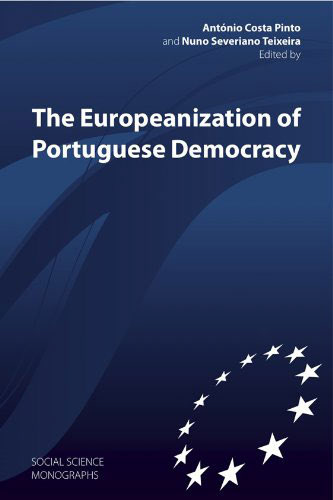

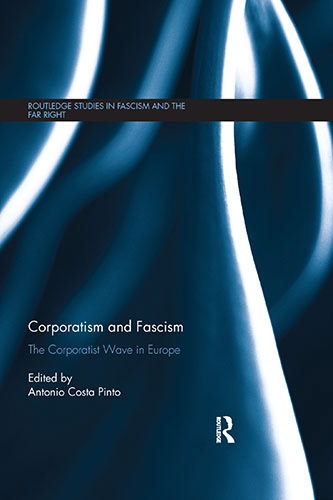
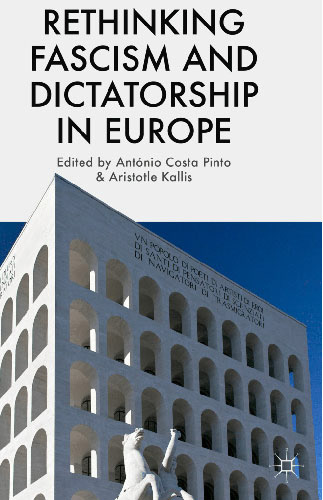
The complete package
I can translate, edit, proofread and index your book. I can prepare graphics in Adobe Illustrator and Photoshop, layout the text using Adobe Indesign, create proofs in Adobe Acrobat and camera-ready and pre-flight files using Indesign and Acrobat.
Use the contact form to find out more.